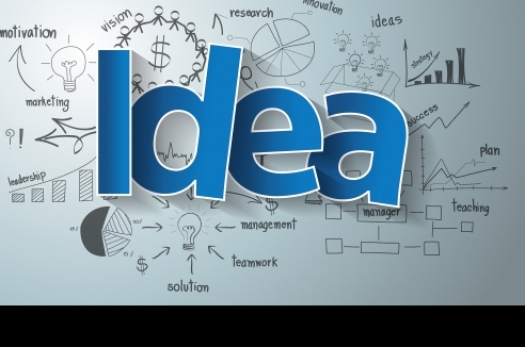Your Grid. My Grid. The Grid.

Even if there isn't a PV panel on your rooftop, Smart Grid technology will play a role in your future. To some, the idea may sound like Big Brother invading their personal space. For others, it's a no-nonsense means to conserve vital resources. Where do you stand?
Most of us today live where most power comes through public or privately-held utilities regulated both regionally and nationally. These systems started as islands of electricity in a non-electrified age. The benefits spread; power plants grew to become interconnected and the grid was born. Some might call those early grids "˜dumb' because they were not computer controlled; but it was managed"”it was staffed 24/7 by humans. As the advantages of automatic, microprocessor controls inevitably came to the grid direct human control in some areas was ceded to the machines. Networking also meant the systems became vulnerable and interdependent.
Enter Smart Grid
Modernizing electrical grids is a complicated process. The objectives sound simple, but implementation requires a delicate dance between Big Data, IOT, myriad different control overlays and cyber security. Worries persist that utilities may use IOT data to artificially inflate prices or divert power to where premiums will be paid. Imagine whatever dystopian future you wish, if so inclined. But is that really logical on a large scale? Opinions vary among owners of independent energy plants. But many want to sell energy to local utilities and a Smart Grid makes that easier.
Any way you view it, there's too much at stake to leave security and reliability to chance. As recently as 29th March, a US national news network reported on the number of attempts by computer hackers to probe and potentially disrupt power grids: attacks number into the thousands daily.
It's Your Money
To safeguard their systems utility companies are spending big. This means electrical consumers are spending big, too, because almost every dollar, euro or pound a public utility expends comes from their customers. Respected industry watchers at IHS Inc. reported in March that they believe Smart Grid expenditures will increase ten-fold by 2021. Why is there so much interest in Smart Grid technology? Security, savings and sustainability.
The case for security has already been made. The more we depend upon a resource the more sense it makes to protect it. Since large-scale electrical systems are computer controlled and networks in a regional grid are immense, anything that can access those controls needs to be authenticated so malicious intrusions may be thwarted.
It's not practical for everyone to have their own power plant even though solar has made the proposition more feasible. We need to realize that as a whole it's not literally practical given global economic conditions. But sustainability is a universal concern because no matter how it is generated making electrical power generally available ensures economies can grow and that food, medicine and shelter are available. It's also important that a growing amount of our energy come from renewable sources not tied to a finite amount of fossil fuel.
Savings drives policy. While anyone who pays for power would like to see that bill shrink, most recognize paying something is a consequence of benefits received. But why not take steps to shrink those bills? If savings means a community-based, multi-megawatt PV power plant it's a decision that pays dividends. Savings can also originate in Smart Grid metering system so that it's easier to program appliances for off-peak operations while simultaneously thwarting the power thief up the street.
A growing concern, and another part of sustainability, is the need to manage people feeding power into the grid. Enphase Energy's Ilen Zaxueta Hall, director of product management for US residential solar products, said recently that when solar PV power was small, it was easy for electrical utilities to not worry if that power was slightly out of phase or had other issues; it was manageable, within tolerances. Fast-forward to 2015 and it's clear how a few issues can escalate as feed-in doubles, triples or quadruples.
How big is solar power becoming? According to Pacific Gas and Electric President Chris Johns, the utility adds about 4,000 "˜solar customers' a month "“ PG&E is on track to soon have more than 150,000.
California reached a milestone recently when it generated five percent of its power from solar sources. In a report published in mid-March by "˜Nature Climate Change,' researchers from Carnegie-Melon University found that existing structures in California, if outfitted with solar PV panels, could exceed the state's projected energy needs by more than four times. While no one expects massive, multi-billion-dollar public works projects to create a new solar Gold Rush, the research shows just how significant the feed-in from solar could become.
Play it Smart
In the not too distant future a Smart Grid will be coming to your street. Whether to safeguard electrical distribution, enable renewable energy feed-in, or save money on your power bill, Smart Grids make sense. Like any technology, its backers can have a variety of intents. It's everyone's responsibility to make sure those objectives have our common welfare at heart.



































